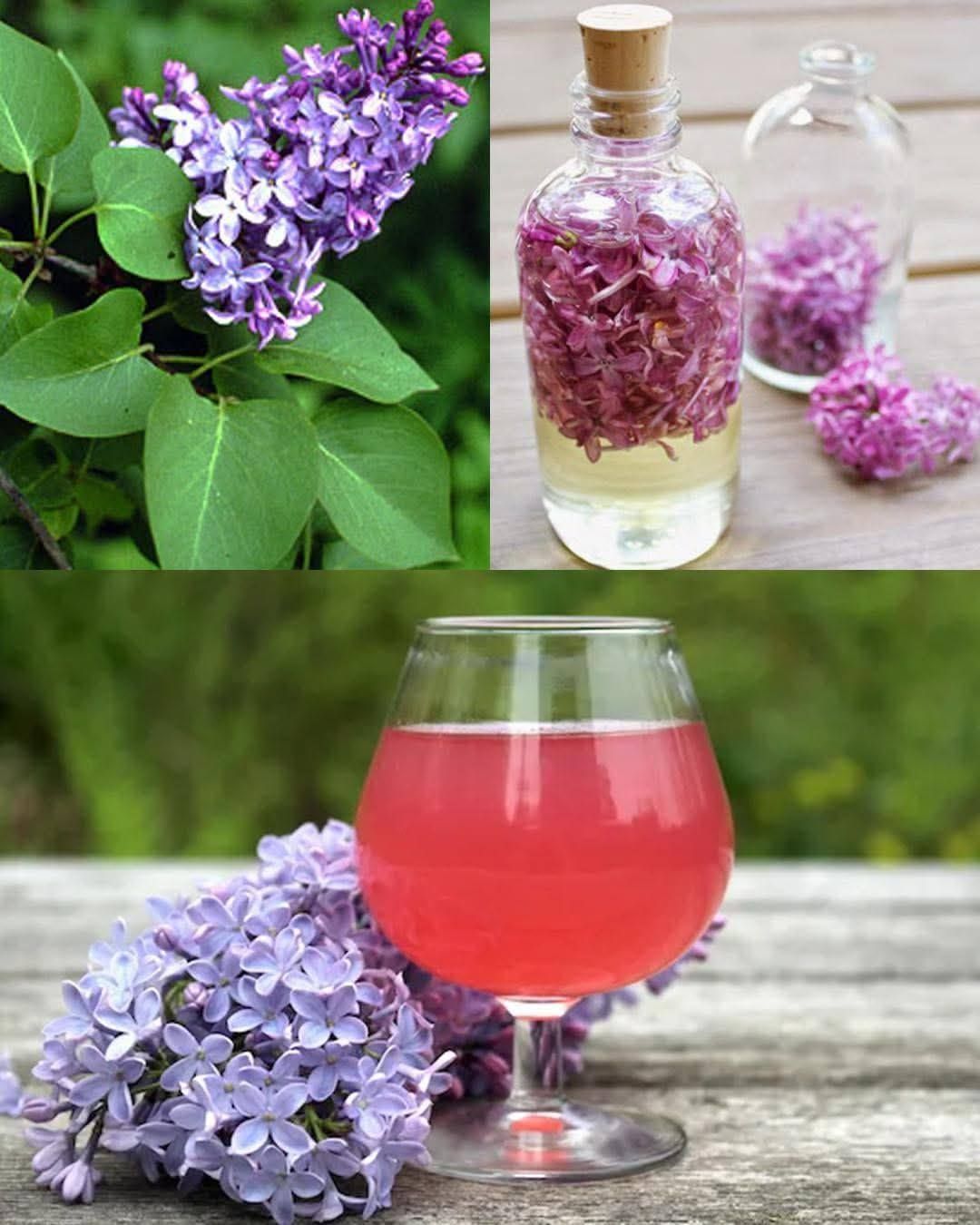Certainly! Here’s a well-structured article titled **”Are Lilacs Edible? Discover the Health Benefits of Syringa Blossoms”** that explores the culinary and health aspects of lilacs:
—
# Are Lilacs Edible? Discover the Health Benefits of Syringa Blossoms
Lilacs are a beloved symbol of spring, known for their sweet fragrance and delicate, pastel blooms. But beyond their ornamental beauty, **did you know lilacs are actually edible**? The blossoms of the lilac plant (genus *Syringa*) can be used in everything from syrups and salads to teas and desserts. Even better? These floral beauties offer surprising health benefits.
Here’s everything you need to know about eating lilacs and why you might want to add them to your plate.
—
## Are Lilacs Really Edible?
Yes—**lilac blossoms are edible**, but with a few important caveats:
* Only the **flowers** should be consumed. Avoid eating leaves, stems, or unripe buds.
* Stick to **common lilac varieties** (*Syringa vulgaris*) and make sure they haven’t been treated with pesticides or chemical fertilizers.
* As with any wild or garden-foraged food, **start small** to make sure you don’t have a sensitivity.
When properly prepared, lilac flowers have a **mild citrusy flavor with a floral twist**, similar to rose or lavender, and are especially suited for recipes with honey, lemon, or berries.
—
## Health Benefits of Syringa Blossoms
Though lilacs haven’t been as widely studied as other medicinal herbs, traditional and anecdotal uses point to several **wellness benefits** associated with the plant:
### 1. **Natural Stress Relief**
Lilac essential oil and teas made from the blossoms have been used in folk medicine for their **calming properties**. The scent alone is believed to reduce anxiety and lift mood, making it a gentle aid for stress management.
### 2. **Digestive Support**
Historically, lilac teas were used as a **bitter tonic** to support digestion. The compounds in the blossoms may stimulate digestive enzymes and help ease minor bloating or discomfort after meals.
### 3. **Antioxidant Content**
Lilac flowers, like many edible blooms, contain natural **antioxidants**—plant compounds that fight oxidative stress in the body. This may support overall cellular health and slow the effects of aging.
### 4. **Mild Antimicrobial Properties**
In traditional herbal medicine, lilac infusions were used topically to clean minor wounds or soothe skin irritations, suggesting potential **antimicrobial and anti-inflammatory** effects.
For Complete Cooking STEPS Please Head On Over To Next Page Or Open button (>) and don’t forget to SHARE with your Facebook friend
ADVERTISEMENT

